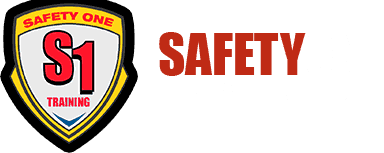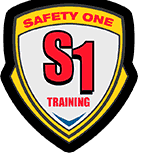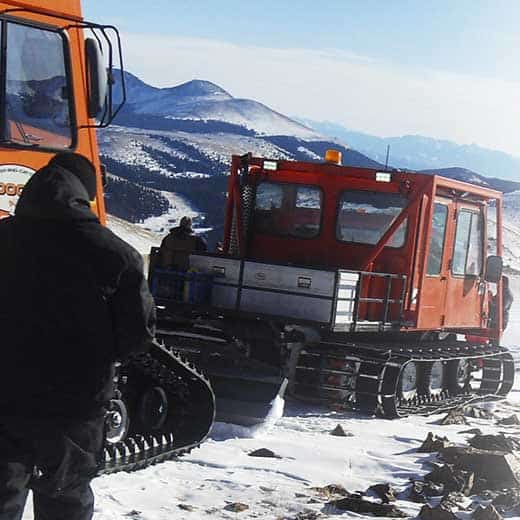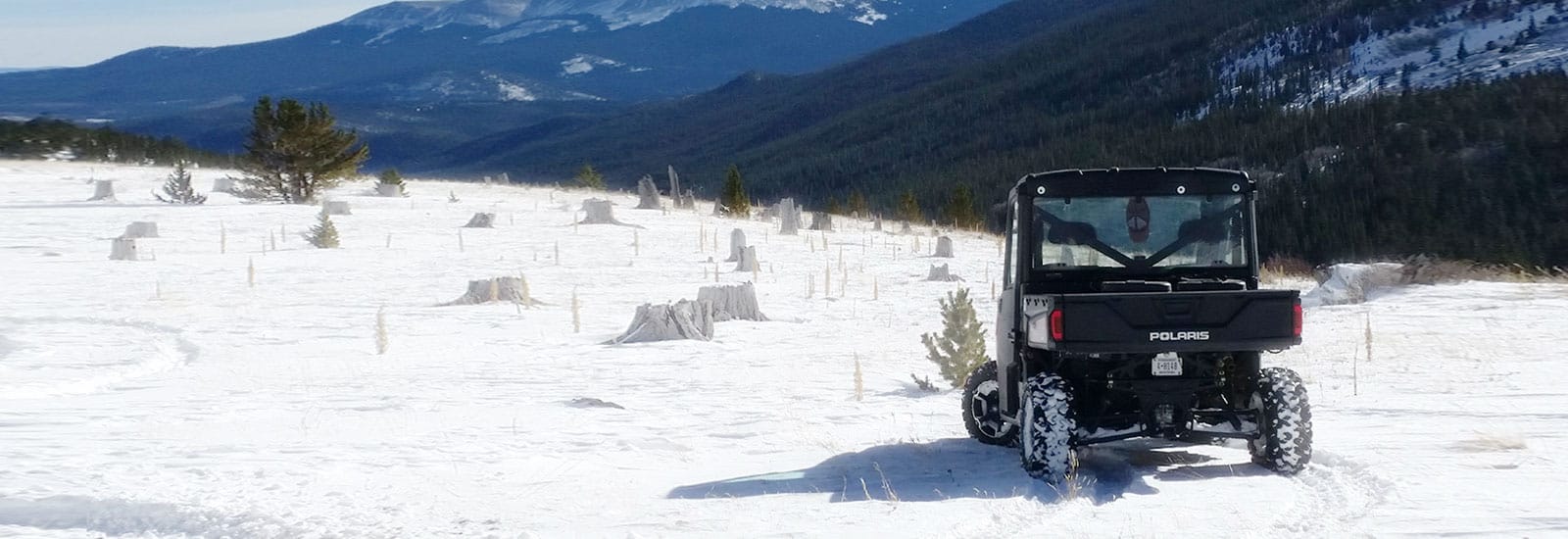
ATV / UTV
Safety Course

ATV / UTV
Safety Course
This course will enhance your understanding and techniques of ATV/UTV operation and safe riding to avoid hazards.
Safety One Training’s instructors have many years of experience teaching, and are widely recognized and used by state and federal government agencies, as well as companies ranging from large utility corporations to small businesses.
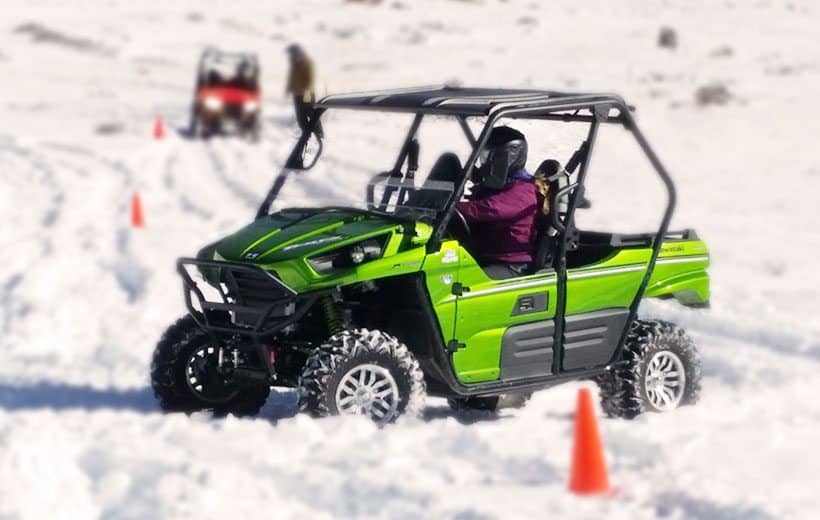
DESCRIPTION
COURSE OVERVIEW AND OBJECTIVES
This course was developed for employees whose work involves All-Terrain Vehicles (ATVs) and Utility Task Vehicles (UTVs).
The standard ATV/UTV Safety Course encompasses both classroom learning and field exercises.
Optional additional training may include the Train-the-Trainer course, Winter Survival or Arid/Desert Survival.
Upon successful completion of the course, students will receive the Safety One ATV/UTV Safety Certification and are able to:
- Master safe riding techniques
- Traverse obstacles of different types
- Use engine braking, and active descent control devices for various applications, along with additional features of equipment
COURSE DURATION
One Day – ATV/UTV Safe Riders Course
Two Days – ATV/UTV Safe Riders Course + Survival Course
Train-the-Trainer course is also available for one additional day
CLASS SIZE: 6 (1 Instructor)
COURSE CONTENT SUMMARY
The lecture portion of this class includes discussion regarding, mechanical operation with specific manufacture limitations, ATV/UTV operation theory and discussion regarding preferred personal protective equipment.
The field portion includes; trailering (loading and unloading safety), vehicle inspections, basic riding techniques with experience gained through accelerating/braking and general maneuverability drills.
Safety One’s optional train the trainer topics can be provided to studeNts who want to become internal company instructors.
AUDIENCE & PREREQUISITES
AUDIENCE
This course was developed for employees whose work involves All-Terrain Vehicles (ATVs) and Utility Task Vehicles (UTVs).
PREREQUISITES FOR THIS COURSE
No formal prerequisites for this course.
Physical and mental aptitude for ATV/UTV riding in outdoor environments.
REGULATIONS & STANDARDS
OSHA
OSHA General Duty Clause Section 5a1:
- (a) Each employer —
- (1) shall furnish to each of his employees employment and a place of employment which are free from recognized hazards that are causing or are likely to cause death or serious physical harm to his employees
Regulations & Standards/ANSI/ASSE
- This course uses compliant safety methods from ANSI Z490.1
COURSE OUTLINE
OUTLINE FOR THIS COURSE
Classroom Training
- Manufacturer ratings of hill climbs, descends and side hills
- Understanding the machine and pre operation inspection: controls, engine, drive train, tires, wheels and suspension systems
- Different riding positions and when to use them
- Accident analysis and explanation of select case histories
- Riding in different Terrains: mud, slick rock, gravel, ruts and water crossings
- Tips for safe and successful operations
- Explanation of safety gear from helmets to boots including safety ratings and what they mean to the operator
Field Training – Driving Skills
- Detailed vehicle inspections and orientations explaining field repairs and common failure points
- Full explanation and demonstration of vehicle loading and trailering safety
- Mastering the art of smooth riding techniques and respecting the machine
- Ensuring that students demonstrate proper riding techniques to avoid equipment failures in the field
- Using engine braking, active descent control devices, downshifting and braking for various applications
- Learning how to deal with various off-camber turns in relation to machine capabilities
- How different types of terrain will affect traction, and how to manage these situations
- Different types of side hills and how they can affect you
- Tips and tricks from expert instructors with years of experience
- Traversing obstacles of different types, including recovery techniques for machines
Optional Topics
ATV/UTV Train the Trainer:
- Lecture including general adult learning techniques in relation to ATV and UTV Training.
- Maintaining student attention span and focus on topics presented
- Group control during field setting while operating machinery
- Ensuring safety of group at all times
- Field exercises for training, evaluating peers and ensuring operator safety. Students will practice maximizing efficiency with given terrain.
- How to set up field exercises in order to achieve proper operator techniques
- How to simulate specific situations for students to learn from
- Boundaries for maintaining a safe learning experience
Winter Survival
Adverse conditions may be a part of your staff’s job duties with OSHA mandated training. Students will learn essential safety skills for the recognition, prevention and treatment of frostbite, hypothermia and other cold weather injuries. These are in depth safety skills that are not taught in standard basic or advanced first aid class.
Arid/Desert Survival
This is designed to prepare your employees who work in remote arid areas to deal safely and quickly with personal injuries and other emergencies. To underestimate the hazards of remote areas where temperatures can be elevated and water resources scarce is to invite disaster. The instruction expands on the key elements of first aid, hostile environment management, survival skills and decision making in these environments.
COURSE MATERIALS
Students will receive the Safety One ATV/UTV Safety Manual and other materials necessary for the course.
COURSE TESTIMONIALS
STUDENT/EMPLOYER TESTIMONIALS
“After taking this course it was clear that there were many hazards that we were NOT prepared for. Our previous, informal, on-the-job training and in-service sessions provided by manufacturers were nowhere near what we received in this program.”
OTHER TRAINING COURSES YOU MAY BE INTERESTED IN
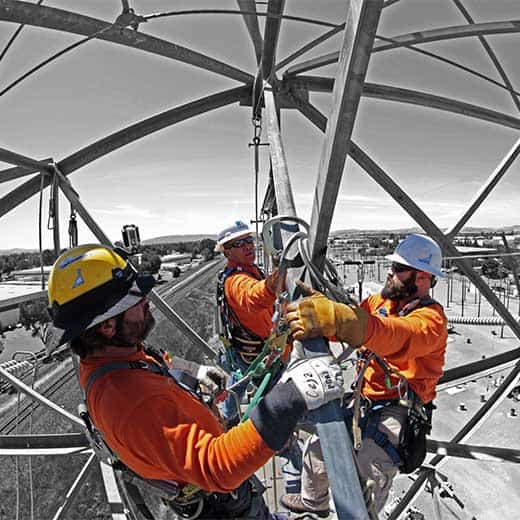
Standard Fall Protection Safety & Rescue Training |
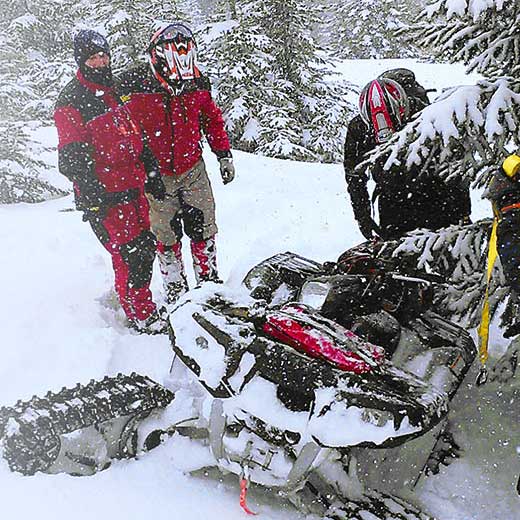
Snowmobile Safety & Rescue Training |
